Starting in 2025, both Washington state and the District of Columbia are seeing significant changes in traffic law—specifically regarding the once‑common practice of turning right at red lights. These updates aim to improve pedestrian and cyclist safety, reduce vehicle‑pedestrian conflicts, and modernize traffic flow in dense urban and suburban environments.
For residents and visitors in Seattle, Spokane, Tacoma, Olympia, Vancouver (WA), and across the Puget Sound region, it’s essential to understand these evolving rules. If you regularly commute through downtown corridors like Seattle’s Second Avenue or navigate suburban roads in Spokane’s North Division Street, this guide will help you stay compliant and safe.
Background: How Right Turn on Red Became Standard
The right turn on red rule became widespread in the U.S. during the 1970s energy crisis. Today, nearly every state allows drivers to make a right turn on a steady red signal—after a complete stop—unless an intersection has a posted sign prohibiting it.
In Washington state, the official rule has been in place since the early 2000s and applies statewide. Washington Administrative Code allows drivers to proceed with a right turn from either one‑way or two‑way streets into another street after coming to a full stop and yielding to pedestrians, cyclists, and cross traffic—unless a “No Turn on Red” sign is installed.
What’s Changing in Washington State in 2025?
Stability in Statewide Law
In contrast to D.C., Washington state has not enacted a statewide ban. Instead, the rule remains consistent:
-
Drivers may turn right on a red light after fully stopping and yielding to pedestrians and other traffic.
-
Drivers must not turn right if a “No Turn on Red” sign or arrow is posted.
-
Local authorities—cities like Seattle, Spokane, Bellevue—can add signage at specific intersections to prohibit the maneuver.
This aligns with statewide traffic code, reinforcing that the presence of signage determines legality, not just the color of the signal.
Local Variations: Seattle Leads on Safety
In Seattle, the Department of Transportation has taken an aggressive safety-first approach: over the past year, 73 additional intersections have received “No Turn on Red” signage. That brings the citywide total to roughly 173 intersections—the majority of downtown crossings. Seattle reports that right‑turn crashes involving pedestrians made up about 9% of violent crashes at signals from 2016–2020. By increasing prohibitions, the city aims to meet “Vision Zero” objectives to eliminate traffic fatalities by 2030.
Other cities like Spokane, Tacoma, and Vancouver have slower rollouts of updated signage. But municipal traffic engineers across Washington are increasingly reviewing high‑risk intersections—especially those near schools, parks, and senior living facilities—to determine if prohibitions are warranted.
The D.C. Ban: A Contrast in Approaches
Though not part of Washington state, the District of Columbia adopted a much stricter change starting January 1, 2025. Under the Safer Streets Amendment Act of 2022:
-
All right turns on red are banned by default across the District.
-
Enforcement is sign‑based due to funding limitations: only intersections with posted signs are actively policed.
-
About half of D.C.’s 1,600+ signalized intersections currently feature these signs.
-
Violations may result in a $100 fine where enforcement is in place, though a full signage rollout is still pending.
This policy—similar to New York City’s ban—is designed to reduce pedestrian and cyclist injuries. However, uneven signage, limited public awareness (especially from out‑of‑state drivers), and budget constraints have created gaps between the intent and execution of the law.
Why the Change? The Safety Logic Behind It
Rising Pedestrian and Cyclist Injuries
Since the pandemic, U.S. pedestrian deaths reached a 40‑year high. Crashes where drivers turn right on red disproportionately harm vulnerable road users. Seattle data shows that pedestrian crashes at signalized intersections account for nearly 9% of right‑turn accidents—enough to prompt targeted intervention at over 170 junctions.
Human Behavior and Intersection Design
Right turns on red force drivers to multitask: scanning for crossing traffic, pedestrians, and motorists, often while still watching for oncoming cars. That divided attention can increase the likelihood of missing someone stepping into the crosswalk.
Studies from the 1980s onward have shown that right‑turn collisions rise 44–60% when the maneuver is allowed. Even if absolute numbers are low, the risk per turn is significantly higher—especially in busy urban areas.
Vision Zero and Urban Planning Momentum
Cities like Portland, Denver, and Seattle are embracing “Vision Zero” frameworks. That means prioritizing safe streets over marginal traffic gains. Banning right turns—or restricting them at key crossings—often causes a small delay but leads to meaningful improvements in pedestrian safety.
How These Rules Play Out Across Washington
In Seattle
-
Over 170 intersections feature “No Turn on Red.”
-
Downtown corridors and pedestrian-heavy zones see the most restrictions.
-
Many new traffic signals default to “no right turn,” with exceptions only when an engineer confirms it’s safe.
In Spokane and Tacoma
-
These cities rely on local traffic studies.
-
Expect more targeted signage near schools, transit hubs, and parks.
-
Gradual transition, with most common intersections still allowing right turns after stopping.
In Olympia, Bellingham, Vancouver
-
Municipalities are reviewing crash data.
-
A mixed approach, balancing traffic efficiency with public safety.
Practical Impacts for Drivers
Knowing When You Can Turn
-
No sign + red light: You may turn right after stopping and yielding.
-
No Turn on Red sign: You must stay stopped until green.
-
Red arrow for right turn: Always prohibited—signage or not.
-
Flashing red: Treat like a stop sign; turning depends on local rules.
Emotional and Financial Consequences
-
Fines: Up to $100 in D.C.; varying fines in Washington municipalities.
-
Frustration: Inconsistent signage leads to confusion—especially for out‑of‑towners.
-
Delay: Time to scan streets, wait for pedestrians, and confirm safety; the average delay is just 5–10 seconds.
If You Get a Ticket
-
Read signs carefully at intersections.
-
Take pictures of the intersection if possible.
-
Consider contesting tickets based on confusing or missing signage.
What Pedestrians and Cyclists Should Know
Improved Safety at Key Intersections
-
It’s safer to cross when drivers can’t turn into crosswalks on red.
-
Signalizing crosswalks and adding protections—like high-visibility markings—enhances safety.
Ongoing Needs
-
Consistent signage and public education.
-
Automated enforcement, like red‑light cameras.
-
Traffic calming designs, such as tighter curb radii and pedestrian islands.
FAQ: Clearing Up Common Questions
Does every Washington city have the same rules?
No. Washington state allows right on red everywhere unless signed otherwise. Local efforts determine where signs are posted, so rules vary city by city.
What if there’s no sign but a red arrow?
A red arrow always prohibits turning right on red, regardless of signage.
Will these changes slow down traffic significantly?
On high-volume roads, small traffic delays may occur. But in mixed-use areas near schools or transit, banning turns can actually speed up pedestrian flow and server wait times across all users.
How do I know where signs are?
Cities like Seattle publish updated intersection maps online. D.C.’s transportation department maintains a list of newly posted “No Turn on Red” zones as well.
Looking Ahead: The Future of Right on Red in Washington
More Local Decision-Making
Watch for continued expansion of signage in high-crash areas. If you live near a school, park, or major transit stop, expect your intersection might become a “no right on red” zone.
Smarter Intersections Are Coming
Advancements like dynamic signal timing, pedestrian-activated signals, and integrated cameras will help enforce pedestrian priority more effectively than signs alone.
Beyond Right on Red
Broader safety trends include:
-
“Leading pedestrian intervals” to give walkers a head start.
-
Raised crosswalks and curb extensions to slow turning vehicles.
-
Vision Zero updates aiming to eliminate severe injuries by 2030.
Could Washington State Ban Right on Red?
There were attempts in early 2025 to pass statewide bans near schools and vulnerable zones. Those bills did not pass. However, the governor and legislative leaders continue to push safety measures, so future legislation may revisit this issue.
Tips for Motorists in 2025
-
Approach each intersection cautiously.
-
Come to a full stop—never roll.
-
Yield to everyone: pedestrians, cyclists, vehicles.
-
Observe signage closely: “No Turn on Red” changes your rights.
-
Use GPS or city apps that mark restricted intersections.
-
Stay informed via city traffic updates and local news.
Conclusion: Balancing Safety and Mobility
The 2025 traffic rule updates represent an important shift in Washington’s approach to urban mobility. While the freedom to turn right on red remains a staple of American driving culture, balancing that convenience against pedestrian safety reflects evolving priorities.
In Washington state, the essence remains: stop, yield, look—but signage increasingly decides if that turn is even allowed. In Washington, D.C., the default has flipped—from permitted to mostly prohibited—though enforcement still plays catch‑up with awareness.
For all drivers, the message is clear: pay attention, stay updated on local policies, and prioritize safety over speed. City roads—from Seattle’s bustling downtown to Spokane’s serene residential streets—are safer when drivers and communities share responsibility.
Here’s to smarter commuting and safer streets in 2025 and beyond.

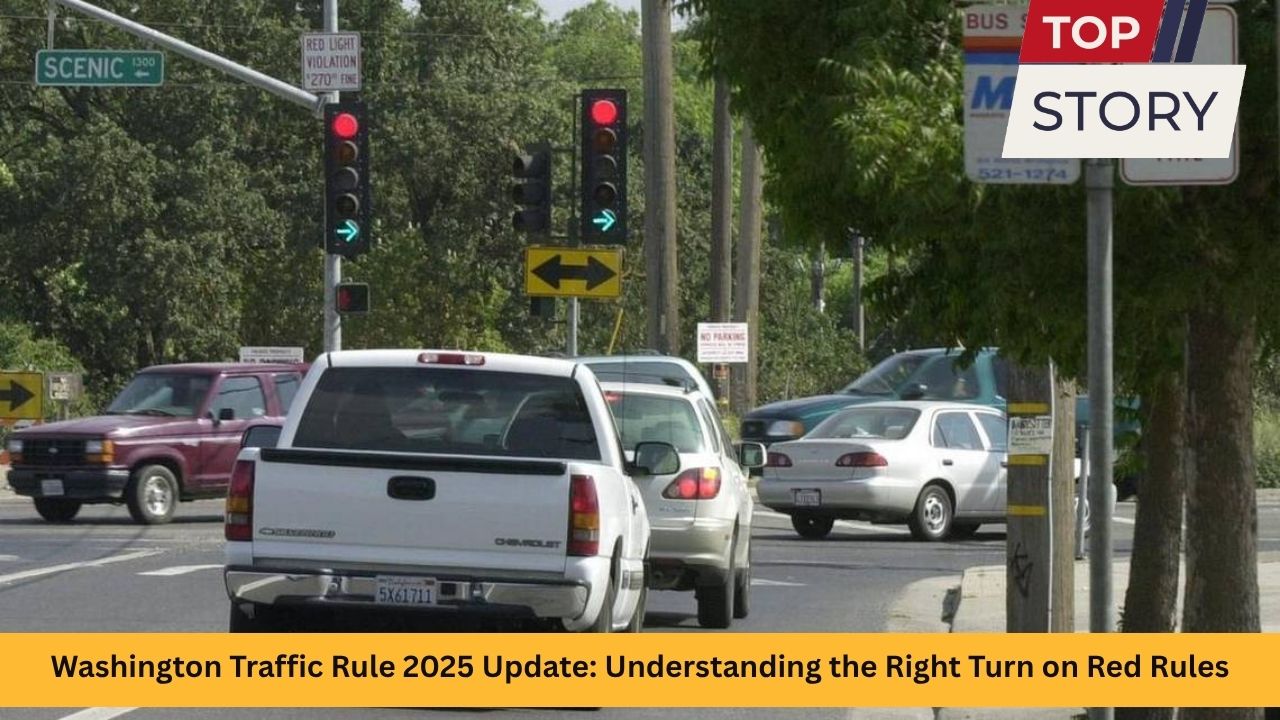

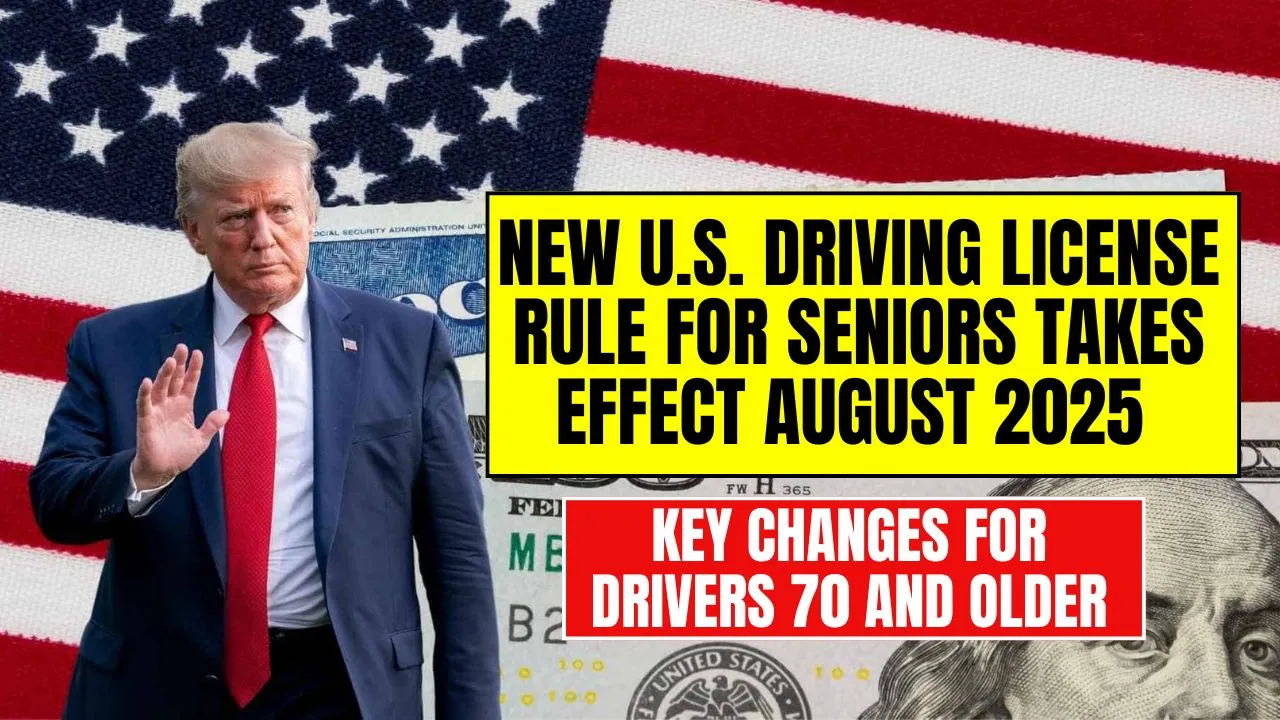
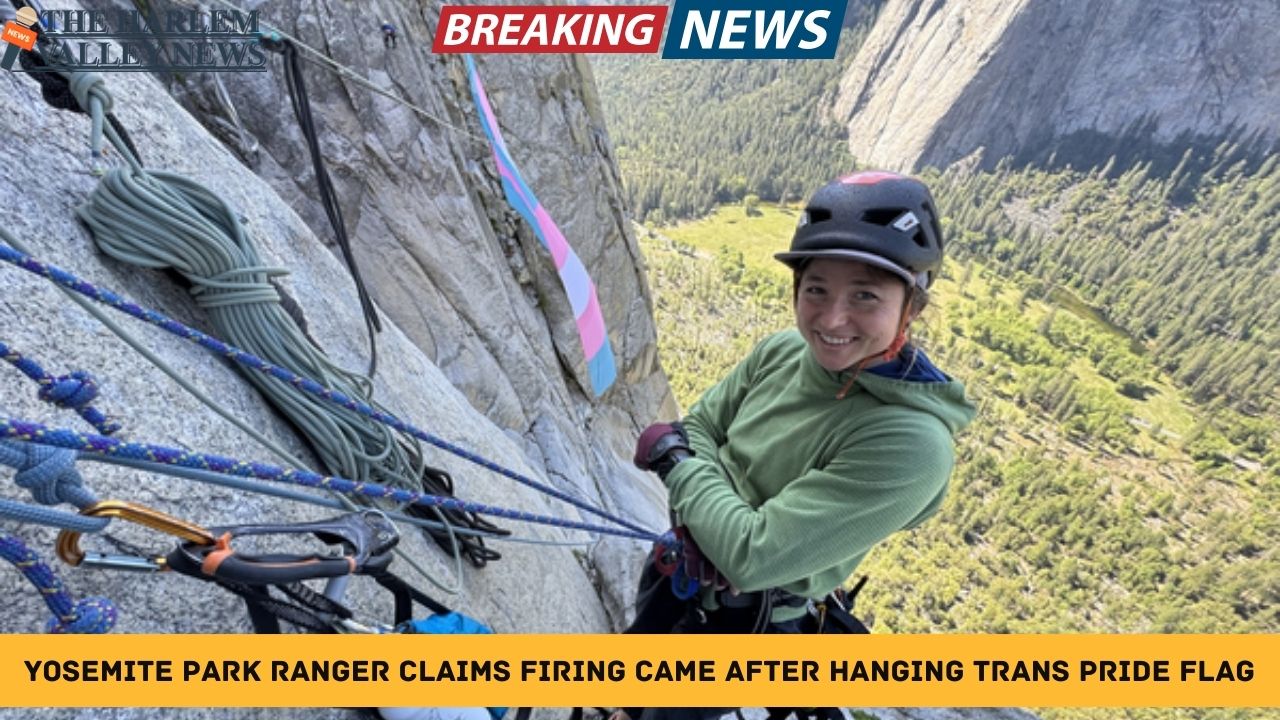




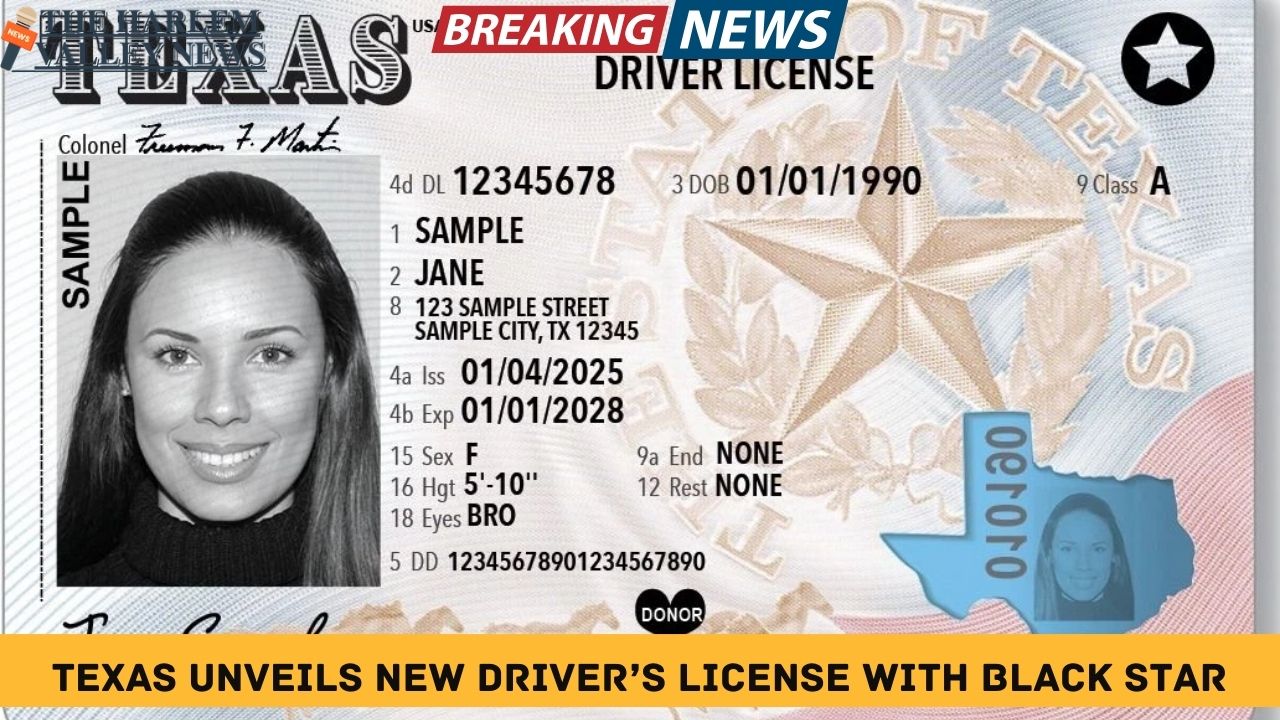
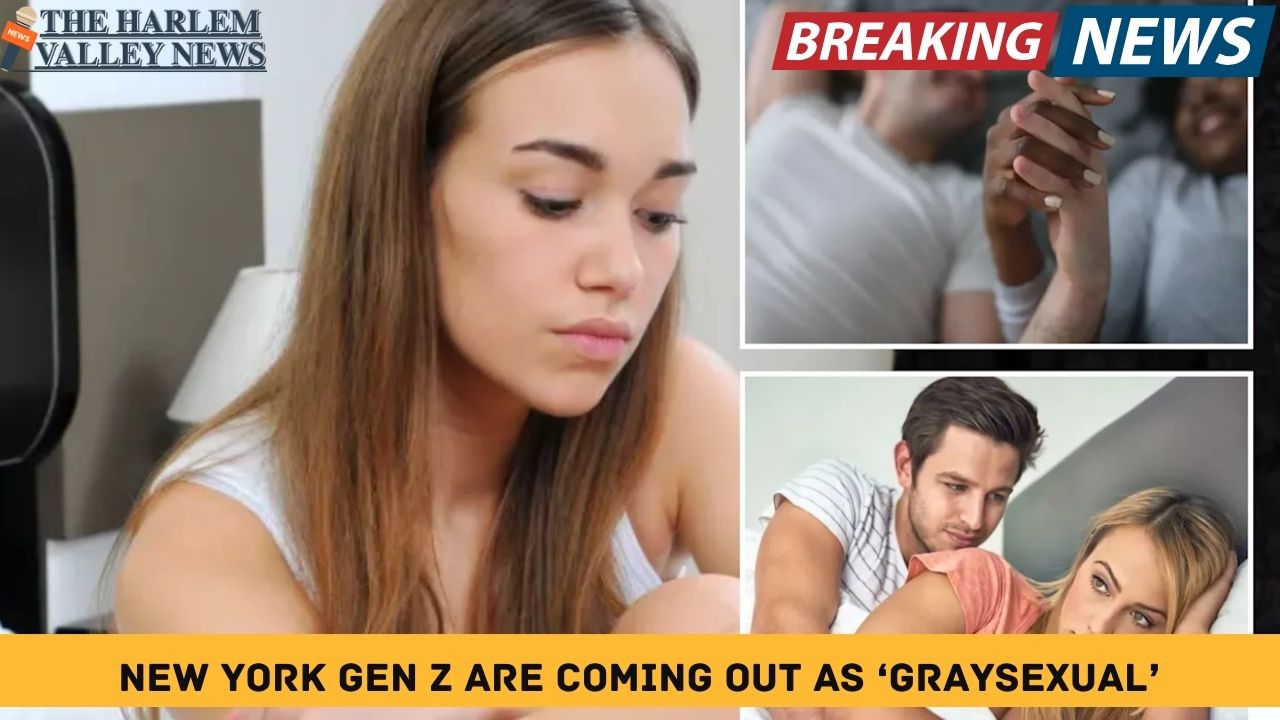

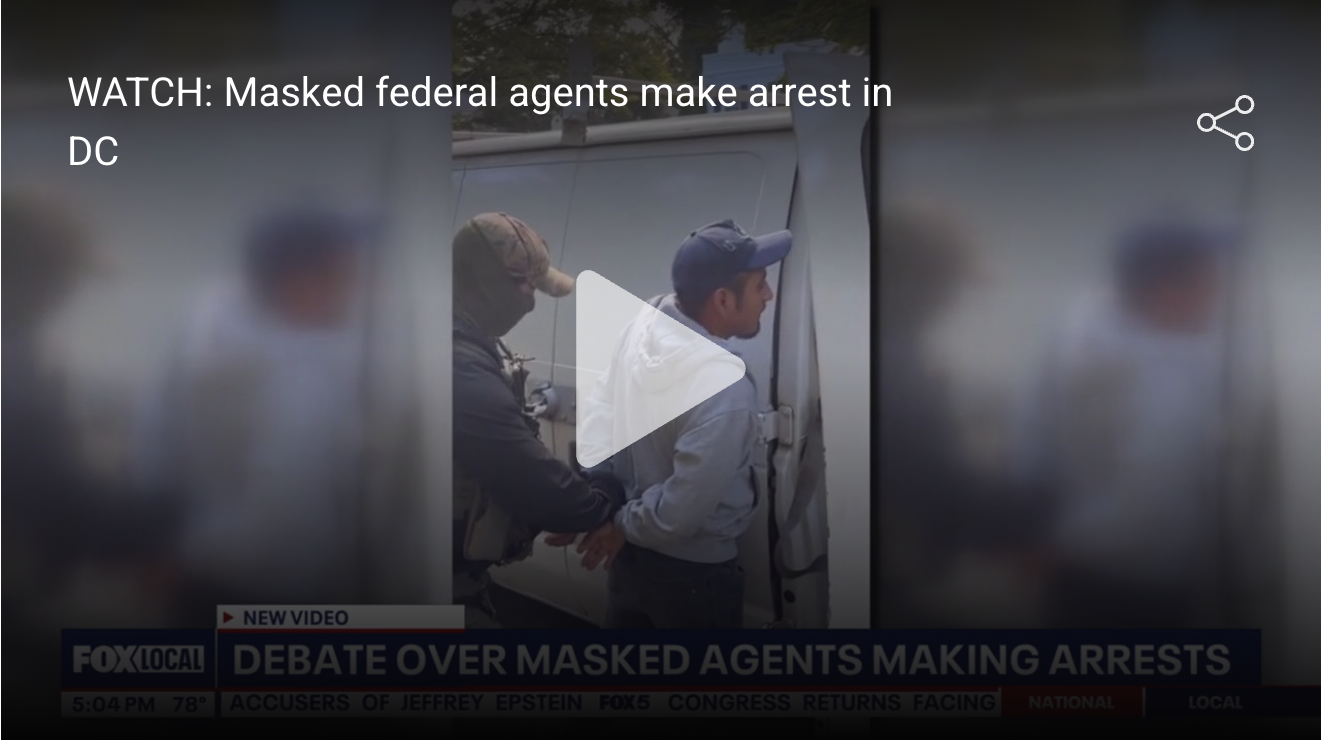



Leave a Reply